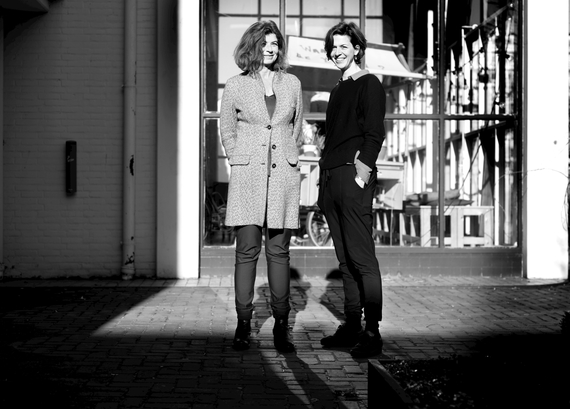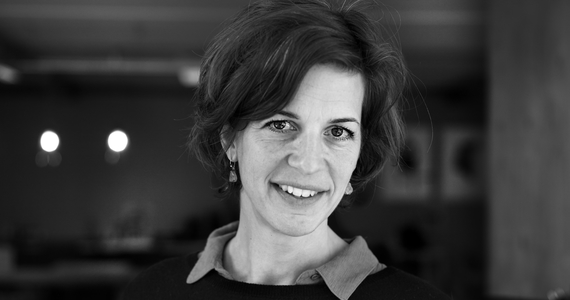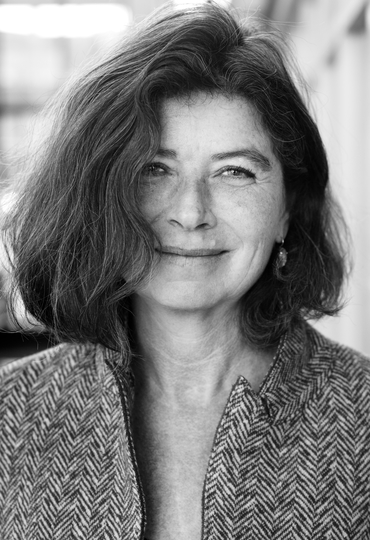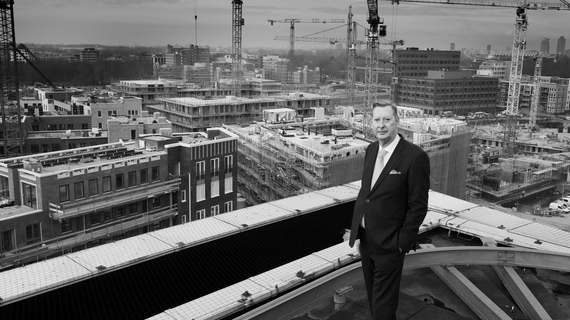
“People form the living environment, buildings the decor”
The design and realization of a living environment is a complex process, with far-reaching spatial consequences. Yet for Dana Ponec and Katja de Winter of the architectural practice Ponec De Winter, it is part of their everyday life. Not in the sense of master plans, concepts and objects - well, that too - but as a function of what it’s really all about: feeling comfortable where you are.
People form the living environment, buildings the decor
Common language
‘Creating a sustainable living environment is much more than designing and building that environment’, says Ponec. ‘Buildings and the space between the buildings form the backdrop to your daily life. In a living environment, the social, cultural, historical, spatial, technological and ecological aspects all converge. The trick is how to distil added value from this interplay.’ De Winter adds,: ‘What we do is peel away all the questions surrounding complex projects and visualize the spatial implications of all interests and preconditions. This enables us to show all layers in a project in their context. We can then set to work with one shared language and vision.’
Although every project is unique - depending on the site, the demand, the community – Pontec believes there are generic values that will always determine its success: ‘Everyone wants to feel happy in their living environment. This is a core value. That has to do with human scale, how the environment presents itself to you. You need to be able to relate to it, it must be recognizable and safe, and it must facilitate planned and unplanned encounters.’
Flexible living environment
Thinking about the future of the built environment is also secondary to the well-being of its users. Ponec explains: ‘Naturally, we use familiar processes when it comes to building, and of course we utilize new building technology. But technology is interchangeable. In reality, the challenge is how do you create living environments that can transform over time, that are so flexible that they can be revised without losing their value. Developing a sustainable living environment is not a matter of ticking a list. Although all to often exactly what happens. Due to the complexity of projects the generic values are neglected and the people involved are blinded by master plans and excel sheets. We do not create buildings, we facilitate a pleasant way of living. Everyday life is the goal, not the actual built environment.’

Collectivity
Does this vision result in a working method other than what is customary? Definitely regarding the approach, in which collectivity is the key word. According to De Winter: ‘We design both within and together with the community. We connect interests. Together, you are able to find the best solutions.’ Ponec goes further ‘We are always looking for the unusual, because you need people who know how to collaborate. If we cannot find that, if the passion for the objective is absent, then the chances are that we will not proceed.’
This working method requires a flexible attitude from the spatial designers and the ability to mobilize the power of collaboration, something that many architects lack. ‘And that is exactly what drives us!’ Ponec states. ‘Working together with people on a living environment. Engaging, collaborating, and, if necessary, fighting side by side. We don’t do hit & run, but we enable the conversion of space, time, people and money.’



